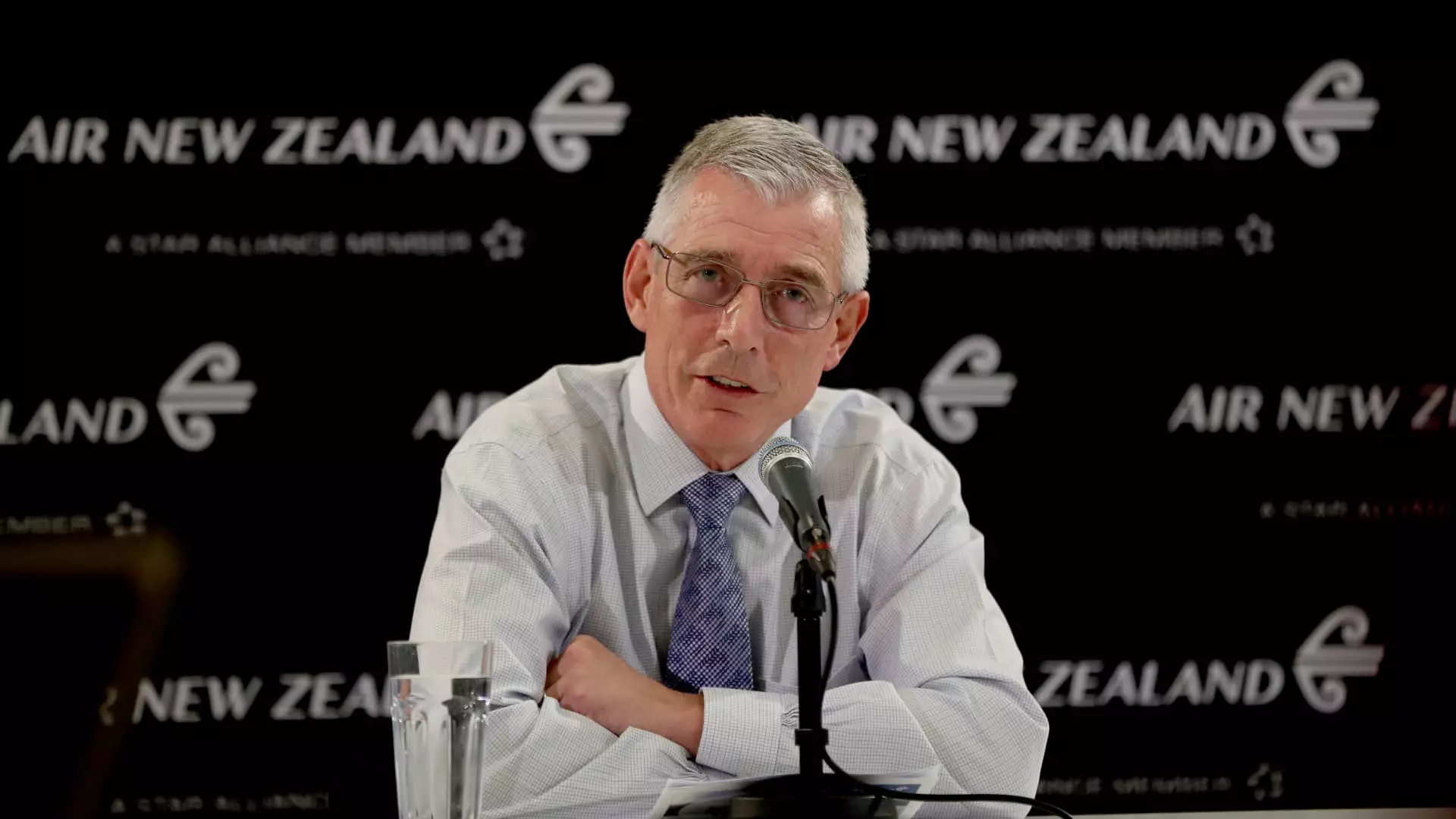The airline industry is on the cusp of a significant transformation, especially concerning passenger connectivity. Gone are the days when passengers had to contend with unreliable or nonexistent internet access during flights. The evolution of air travel is being propelled by technological advancements, particularly in high-speed satellite internet. Air New Zealand’s CEO, Greg Foran, has identified this shift, signaling a move towards ubiquitous and reliable Wi-Fi services in the skies.
In an era where digital connectivity is a fundamental requirement, airlines are rapidly adapting their services to meet this consumer demand. The desire for fast and free Wi-Fi aboard flights has emerged as a significant competitive factor, influencing traveler choices. With advancements such as SpaceX’s Starlink satellite internet system, airlines are looking to enhance the travel experience, allowing passengers to stay connected no matter where they are in the world.
SpaceX’s Starlink is positioned to revolutionize the way passengers access the internet while flying. By leveraging a constellation of around 6,000 satellites, Starlink promises high-speed internet access that allows for video streaming, instant messaging, and a plethora of other online activities. This technology is not just an incremental improvement; it represents a paradigm shift in how airlines approach in-flight services.
Air New Zealand’s anticipation of integrating Starlink into its fleet exemplifies the industry’s recognition of this potential. With trials scheduled to begin on two domestic aircraft in late 2024, the airline is preparing for a new standard in passenger connectivity. Although initial implementation has been slightly delayed until 2025, the synergy between Starlink and modern air travel is clear.
Furthermore, other major airlines, such as United Airlines, are also embracing Starlink. Recently, United announced plans to implement the service across its fleet, reinforcing the notion that high-speed internet access will soon no longer be a luxury but a standard offering in commercial aviation.
The direct implications of reliable in-flight internet services extend beyond mere convenience. Access to high-speed connectivity can transform the passenger experience, particularly for long-haul flights. Imagine being able to stream your favorite shows, participate in video conferences, or even conduct business meetings from the comfort of your plane seat without worrying about lag or disconnection.
United Airlines highlighted various activities made possible by Starlink, including live streaming, gaming, and e-commerce. Such services can significantly improve the overall travel experience, creating satisfaction among passengers who increasingly expect seamless connectivity similar to what they experience on the ground.
Moreover, the promise of free access to these services or their integration into ticket prices further enhances the appeal for travelers. By eliminating the traditional model of charging for in-flight Wi-Fi, airlines are not just removing a barrier but actively improving customer satisfaction.
The adoption of Starlink and similar technologies signifies a broader trend within the aviation industry toward enhanced digital connectivity. This shift is not limited to just a few carriers; it reflects a collective movement among airlines to incorporate advanced technology that offers tangible benefits to passengers.
Starlink has already formed partnerships with a diverse range of airlines, from major players like Air France to smaller regional carriers like Hawaiian Airlines and JSX. This integration across different airline categories demonstrates the widespread demand for improved connectivity and sets a new precedent for service expectations.
As airlines continue to compete on the basis of service offerings, those who embrace such technology will likely gain a competitive edge, attracting tech-savvy travelers who prioritize connectivity. The connectivity revolution promises to enhance the appeal of both domestic and international travel, encouraging more people to take to the skies with confidence that they will remain connected.
The future of in-flight connectivity is bright, with Starlink leading the charge. As airlines like Air New Zealand and United Airlines move towards implementing high-speed internet services, passengers can look forward to a seamless in-flight experience that reflects contemporary technological standards. With the promise of reliable, fast, and even free connectivity, the landscape of air travel is poised for transformation, fundamentally altering how travelers experience each journey. As the skies become more connected, air travel may no longer represent a temporary disconnection from the world, but rather an extension of the digital landscape we encounter every day.


Napsat komentář